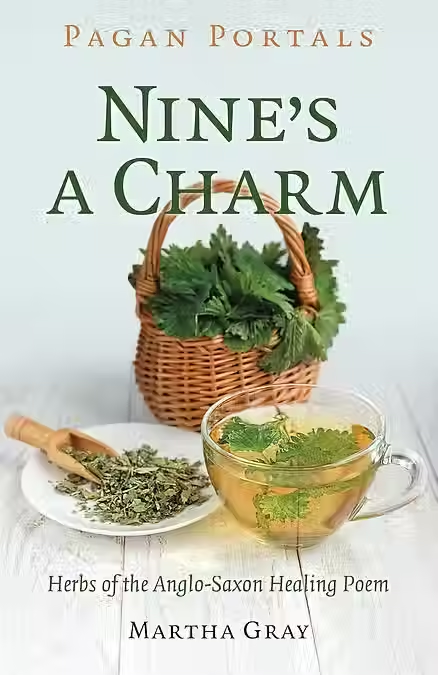Not just seasonal scents...by Heather
- Kitchen Witch

- Jan 17, 2019
- 2 min read
Possibly best known for their use as resins when making incense, but come also as essential oils, are two herbs which have been used by healers throughout history to treat everything from infections to hair loss.

Frankincense: Boswellia Sacra, Boswellia Carter
This fragrant resin was once transported via large caravans across the desert from eastern African and Arabian regions, including Yemen, Oman, Ethiopia and Somalia. Its use as a medicine most likely started with the ancient Egyptians who also charred it to make the famous black kohl eyeliner that adorned the faces of their noble women. After battles, it was used to disinfect wounds, soothe muscle pain and reduce swelling. Archaeologists found frankincense resin in King Tutankhamun’s tomb in ancient Egypt.
Frankincense oil has been used for millennia to help balance out the emotions and achieve a happier, more connected life. Modern science tells us that frankincense is rich in compounds known as sesquiterpenes, that have the ability to pass the blood-brain barrier and stimulate the region of our brain that controls our feelings. One of the most common biomarkers of this plant, incensole acetate, is a known antidepressant that has been showing promising effects in clinical trials.
The oil is also beneficial for the skin and hair. It can be applied, diluted, to treat dry skin, smooth wrinkles, and strengthen hair roots. Because of its anti-inflammatory properties, frankincense oil is used by naturopaths to treat patients who are suffering from rheumatoid arthritis.
Myrrh: Commiphora Myrrha
Like frankincense, myrrh is native to Northern Africa and the Middle East, including Ethiopia and Yemen. This plant resin is mentioned in one of the oldest Egyptian medical texts, Ebbers Papyrus.
As well as its use as a fragrance and for embalming purposes, early civilizations realised that it possessed many healing properties. The Egyptians bought boatloads of it from the Phoenicians for use in skin salves that were applied to wounds, sores and burns. They had recognized myrrh’s antiseptic, anti-inflammatory, and analgesic effects, prescribing it for many physical ailments, including: coughs, asthma, indigestion, rashes, scrapes, burns, skin infection, haemorrhoids, joint pain, and sore throats. It was also used as a rejuvenating facial and massage treatment for women.
How I make my skin balm with frankincense and myrrh:
100ml (approx. 3.5 fl oz) almond oil (sunflower or light olive oil can also be used)
4 drops frankincense essential oil
4 drops myrrh essential oil
Half a teaspoon beeswax or vegan alternative like carnauba wax
Glass jar
Put the oil of your choice into a glass bowl and set this, to warm, over a saucepan of simmering water
Add the wax, stirring until dissolved (check if right consistency using a cool spoon to lift a little out)
Remove from heat and allow to cool slightly
Add frankincense and myrrh essential oils and stir gently
Pour into jar and seal.
Please remember to do a small skin patch test, if you have not used any of these ingredients, especially the essential oils, before.
If you want to learn more about the history and how they are harvested: www.boswelliaclub.com






Comments